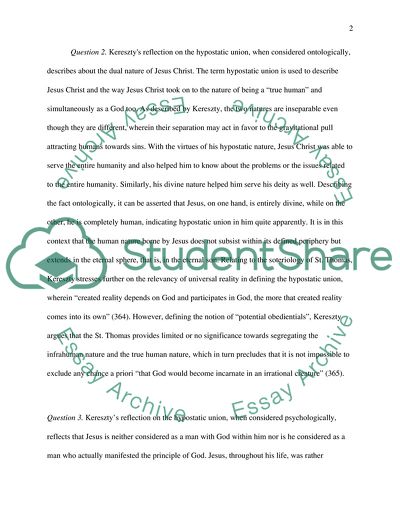Cite this document
(The Issues of Systematic Christology Assignment Example | Topics and Well Written Essays - 2500 words, n.d.)
The Issues of Systematic Christology Assignment Example | Topics and Well Written Essays - 2500 words. https://studentshare.org/religion-and-theology/1831876-systematic-christology
The Issues of Systematic Christology Assignment Example | Topics and Well Written Essays - 2500 words. https://studentshare.org/religion-and-theology/1831876-systematic-christology
(The Issues of Systematic Christology Assignment Example | Topics and Well Written Essays - 2500 Words)
The Issues of Systematic Christology Assignment Example | Topics and Well Written Essays - 2500 Words. https://studentshare.org/religion-and-theology/1831876-systematic-christology.
The Issues of Systematic Christology Assignment Example | Topics and Well Written Essays - 2500 Words. https://studentshare.org/religion-and-theology/1831876-systematic-christology.
“The Issues of Systematic Christology Assignment Example | Topics and Well Written Essays - 2500 Words”. https://studentshare.org/religion-and-theology/1831876-systematic-christology.


